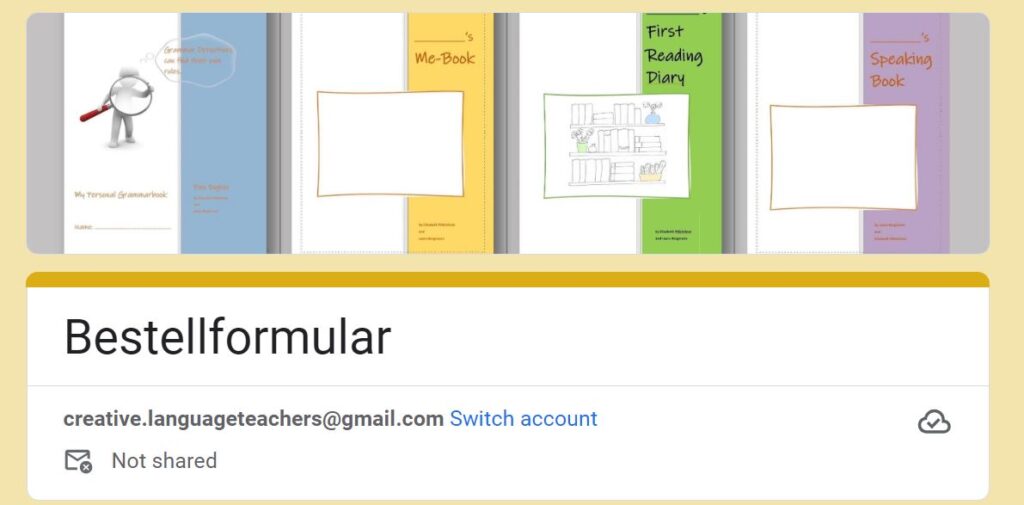-
Recent Posts
- What if…?
- April 1st: The ideal day to practice reporting fake news
- How to put the MEANING into FORM Approach into practice
- Time to read…
- Time to revise the past tense
- Can you fit in a short reading project before the end of the schoolyear?
- Teaching grammar structures at the right time: Easter Holidays
- Welcome to my regular teaching tips
-
NEWS!
-

-
Pages
- Assessing
- Bestellformular
- Blog: Teaching Tips
- Brain
- Culture
- Grammar
- Home
- LehrplanNeu
- Mentoring
- Other languages
- Reading
- Speaking
- Vocab
- WebTools & AI
- Writing
- .
- Advanced Writing Tasks
- Beginners
- Great books for teachers
- Intermediate Learners
- Portfolios
- The Writing Workshop
- Upper Intermediate Writing
Meta
Search Results for: eric
Eric’s Intercultural Experiences
Eric’s Intercultural Experiences A reading-writing project to prepare students for an exchange trip abroad. Class-trips abroad are certainly one of the most motivating experiences for learners. After years of studying the language in the classroom, they can finally test their … Continue reading
America, the Melting Pot
My handout for the elective course “America, the Melting Pot?” African American Literature The Color Purple Their Eyes Were Watching God Black Boy Native Son Go Tell It On The Mountain Black Like Me … Continue reading
Who was…
Extraordinary people project: WHO WAS…? In this reading project the learners choos an interesting personality and read their biography. The book series covers countless famous personalities from all areas of life: Artists, Explorers, Writers, Inventors and Scientists, Athletes, Musicians, Influential … Continue reading
Comments Off on Who was…
Culture
Developing intercultural awareness and understanding On these pages you will find several projects that aim at developing the learners’ intercultural awareness and understanding. The main teaching goals of these projects were: to develop learners’ curiosity about new cultures and experiences … Continue reading
Comments Off on Culture
Unsere Wurzeln – Unsere Schätze
Unsere Wurzeln Unsere Schätze For this project we have won the Media Literacy Award 2021. Zur Jurybegründung geht es hier. Projektwoche von 3 ersten und zweiten Klassen: ca 65 Kinder im Alter von 10-11 In diesem Projekt an der … Continue reading
My SPIN Projects
The following two projects have been awarded the SPIN Logo. Click on the picture to go directly to the project blog “reading is cool”. On this blog my students present self-made book-trailers … Continue reading
New York Novels
New York …. here we come. Literature reflects various aspects of the life and culture of a society. Let’s look at people, places, issues and trends through the eyes of writers. What do they have to say about their social … Continue reading
Poetry
Reading and writing poetry in the foreign language classroom: Ideas for Using Poetry in Upper School What is poetry? Students work in groups and write a definition of “poetry”. They present their definitions to the class. Then show … Continue reading
Young Adult Literature
The following examples of young adult literature can be read from year 4 or 5 on, depending on the reading skills of the students. All the books deal with topics that are interesting and relevant for teenage learners. Don’t forget … Continue reading
The Other Side of the Story: Women’s Literature
The students in my elective course “The Other Side of the Story” chose one of these novels each and presented them in class. Click on the image below to find out a bit more about this elective course. … Continue reading
